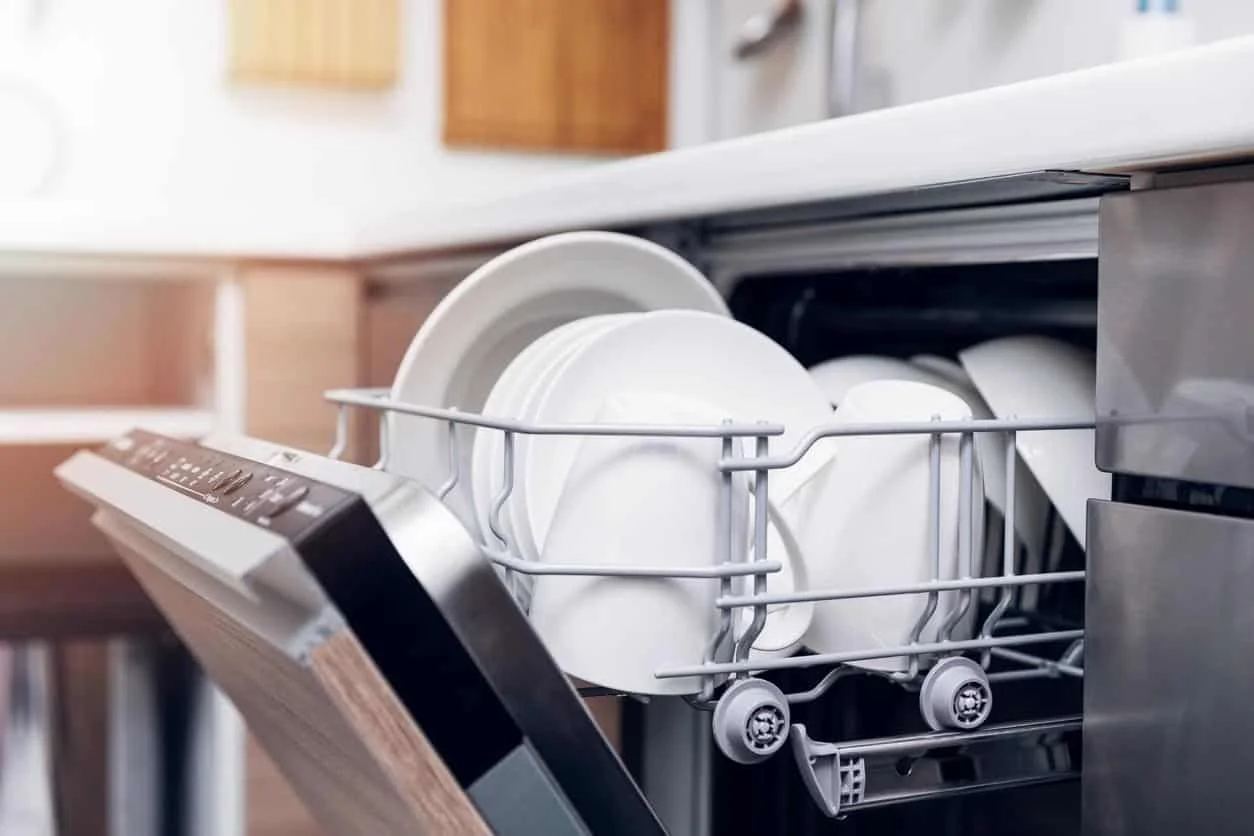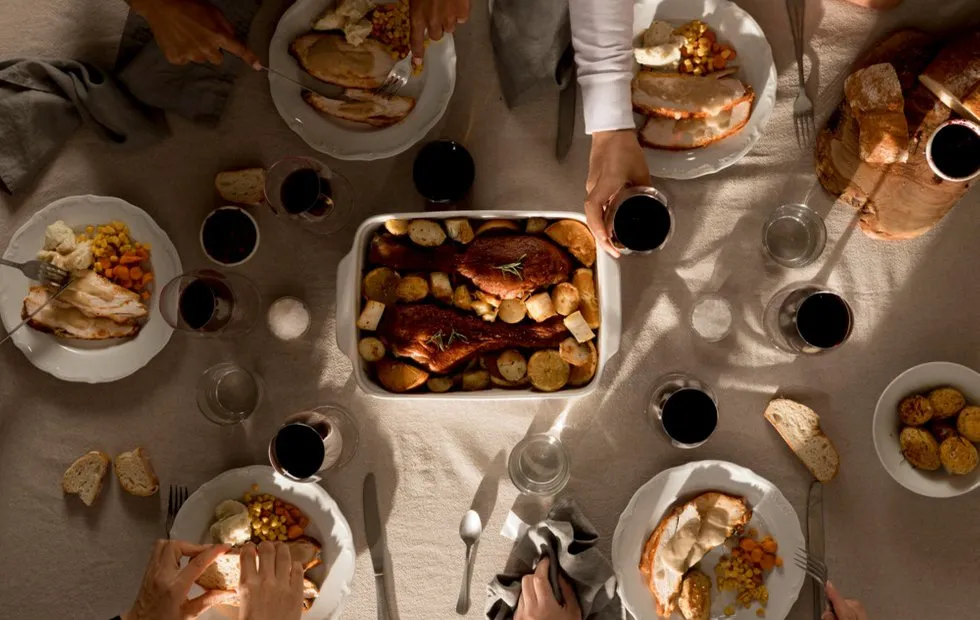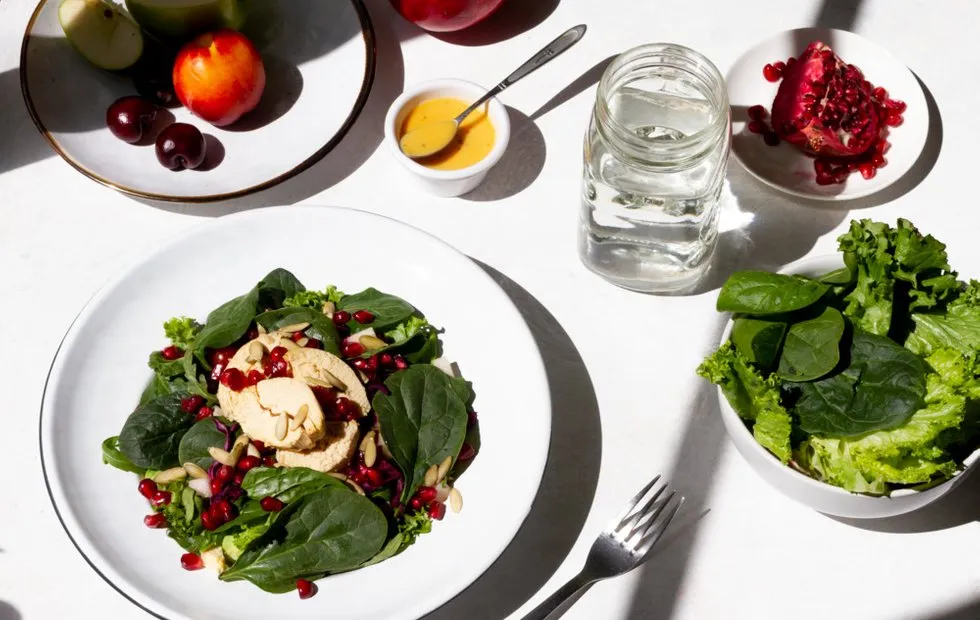There can be your advertisement
300x150
11 Important Tips for Water Conservation in an Eco-Friendly Home
Water conservation is a simple way to reduce expenses and live a more eco-friendly lifestyle. Every household can save thousands of gallons of water per year by making a few small changes in kitchen, bathroom, and garden routines. Here are 11 important tips for water conservation in an eco-friendly home:

1. Use Your Dishwasher Frequently
This might seem unexpected, but modern dishwashers consume significantly less water than filling up a kitchen sink. According to estimates, the average family wastes 8 gallons of water per day by filling a sink. A standard Energy Star certified dishwasher uses only 4 gallons of water per load. That's half the consumption plus time and effort savings compared to hand washing.
2. Use Drinking Water Filters
If you multiply the number of plastic water bottles you've consumed in your lifetime by 3 liters (the amount needed to produce a 1.5-liter bottle), the result may motivate you to buy a water filter. On the Metropolitan Plumbing website, you can easily find products that help reduce water consumption. Think about how many bottles you throw away in the trash each year. According to recent data, over 50 billion plastic bottles are sold worldwide annually, and each can take up to 1,000 years to decompose! How do we fight this? The best way is to start at home, where you can install multiple devices that not only eliminate the bottle problem but also significantly reduce water consumption.
3. Wash Only Full Loads
In both the dishwasher and washing machine, it's better to wait for a full load before starting a wash cycle — this is an excellent way to save water and energy. Also, avoid pre-rinsing or soaking items. Your appliances are usually powerful enough to remove dirt and grease. If not, simply give the items a quick clean or rinse. There are many ways to pre-treat stains without wasting extra water.
4. Take Shorter Showers
Reducing shower time by three minutes can save 18 gallons of water per day for an eco-friendly family of three, or over 6,500 gallons a year. According to Healthline, the average American shower lasts eight minutes. So slightly reducing your time under water won't hurt and will help save.

5. Install Low-Flow Showerheads
Switching to low-flow showerheads can significantly reduce water usage and costs for hot water. Low-flow showerheads use only 1.3 gallons of water per minute, and higher-quality versions reduce usage without sacrificing pressure. Installing one such showerhead can save over 1,300 gallons of water a year and energy for heating it.
6. Turn Off the Drain When Using the Sink
An eco-friendly family won't let water run down the drain. Instead, they close the drain when using the sink and reuse the water. Whether it's rinsing vegetables in the kitchen or shaving in the bathroom, closing the drain is always preferred over continuously running water.
7. Choose Low-Water Plants
There is a wide variety of plants that can survive with minimal water, making them perfect for eco-friendly homes. Begonias, cacti, snake plants, and Chinese ferns are all beautiful plants that thrive in dry conditions and won't die if you forget to water them. Plant them in your garden and don’t waste water expanding the beauty of your home.
8. Check for Leaks
Leaks may seem minor, but even small leaks in a home can result in the loss of up to 10,000 gallons of water per year. In 10% of American homes, up to 90 gallons of water leak out daily.
If a leak is visible, it should be fixed immediately. If your water bills have increased and you haven't changed habits — there's likely a leak, and it’s time to call a professional for inspection.

9. Be Careful with Evaporation!
Evaporation is the reason experts recommend watering your garden or washing your car in the morning or evening, before or after peak heat of the day. Using water before 10 a.m. or after 4 p.m., when temperatures are lower, reduces water loss through evaporation and makes water use more efficient.
The same applies to pools — ensure it's covered when not in use. Covering your pool reduces evaporation and enhances your environmental protection efforts.
10. Install a Rainwater Harvesting Tank
An American rainwater harvesting system can be a great contribution, especially if you are aiming for a more eco-friendly lifestyle. Collecting rainwater for personal use reduces pressure on local reservoirs and significantly cuts down water usage.
A rainwater tank also provides a backup supply during emergencies like fires or droughts. If connected to your home, you can use the water for washing, toilets, and even drinking with proper filtration. If space is limited, a smaller rainwater tank will work just as well.
11. Try the No Poo Method
This isn’t what you think it is. The No Poo method is a fun name for the shampoo-free hair care approach — that is, avoiding the use of shampoo. It's a trend among bloggers and influencers to test the impact of products and natural oils on hair. But it's also a great way to save water.
Think about how much time you spend in the shower applying and rinsing shampoo and conditioner. Reducing hair product use will cut water consumption, and you might be surprised by the results. Try it for two weeks or just say out loud: No Poo Method!
Following these important water conservation tips will put you on the path to a more eco-friendly lifestyle.
More articles:
 Five Things in Your Apartment That Reveal Bad Taste
Five Things in Your Apartment That Reveal Bad Taste Why Dietitians Ban Counting Calories: A New Approach to Weight Loss
Why Dietitians Ban Counting Calories: A New Approach to Weight Loss Housing Type Comparison: Which Is More Comfortable to Live In?
Housing Type Comparison: Which Is More Comfortable to Live In? Neighbors Above Flooded the Apartment — Insurance Rejected Claim: Lawyers Explain the Loop Hole
Neighbors Above Flooded the Apartment — Insurance Rejected Claim: Lawyers Explain the Loop Hole Kitchen Design 6 m² in a Khrushchyovka with Painted Appliances and Glass Blocks
Kitchen Design 6 m² in a Khrushchyovka with Painted Appliances and Glass Blocks Creative and Bold Solutions in a 64 m² Stalin-era 2-Room Apartment
Creative and Bold Solutions in a 64 m² Stalin-era 2-Room Apartment How Humanity Conquered Darkness: From Campfire to Smart Light Bulb
How Humanity Conquered Darkness: From Campfire to Smart Light Bulb Why Salads Can Make You Gain Weight: Analyzing Popular Recipes
Why Salads Can Make You Gain Weight: Analyzing Popular Recipes